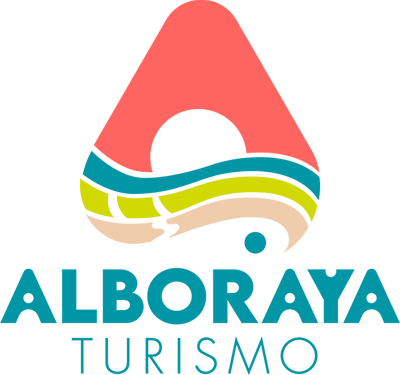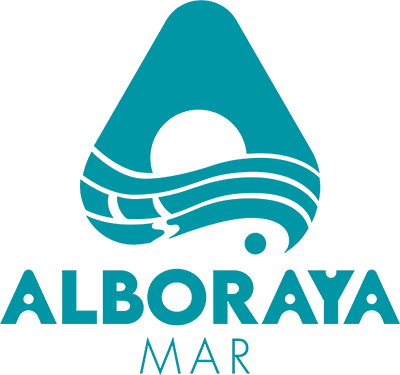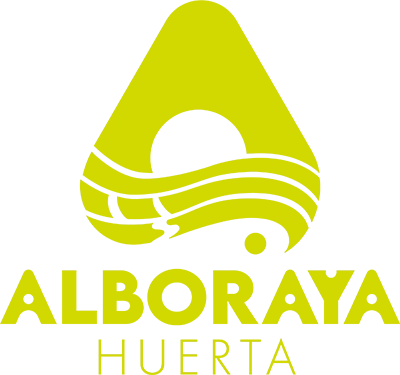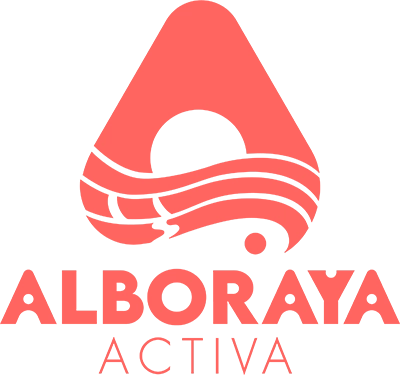La Noria
(Paseo Aragón, 2.)
The noria is a waterwheel fitted into a well, with attached containers called “cangliones”, used to lift water for irrigation. The system was powered by a mule or horse, and irrigation was typically carried out at night, always under the supervision of a person ensuring the animal’s continuous effort.
The noria’s origins trace back to Persia, and the Egyptians were already using it some 2,500 years ago. The Arabs called it “saniya”, meaning “a well with a wheel that lifts water for irrigation.” At the beginning of the 20th century, around 6,000 waterwheels were still in operation, irrigating the fertile fields of Valencia’s huerta. Today, only two remain in Alboraya as historical testimonies: La Campaneta and the one located on Paseo de Aragón.




